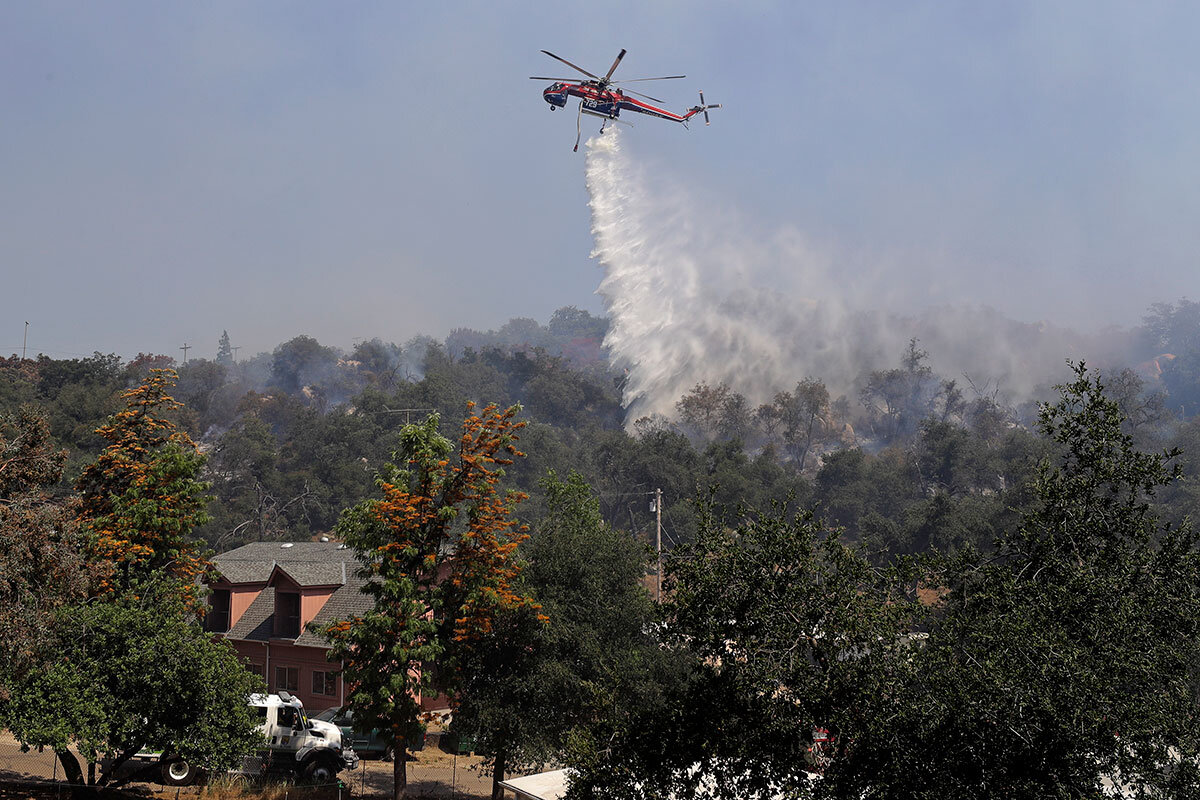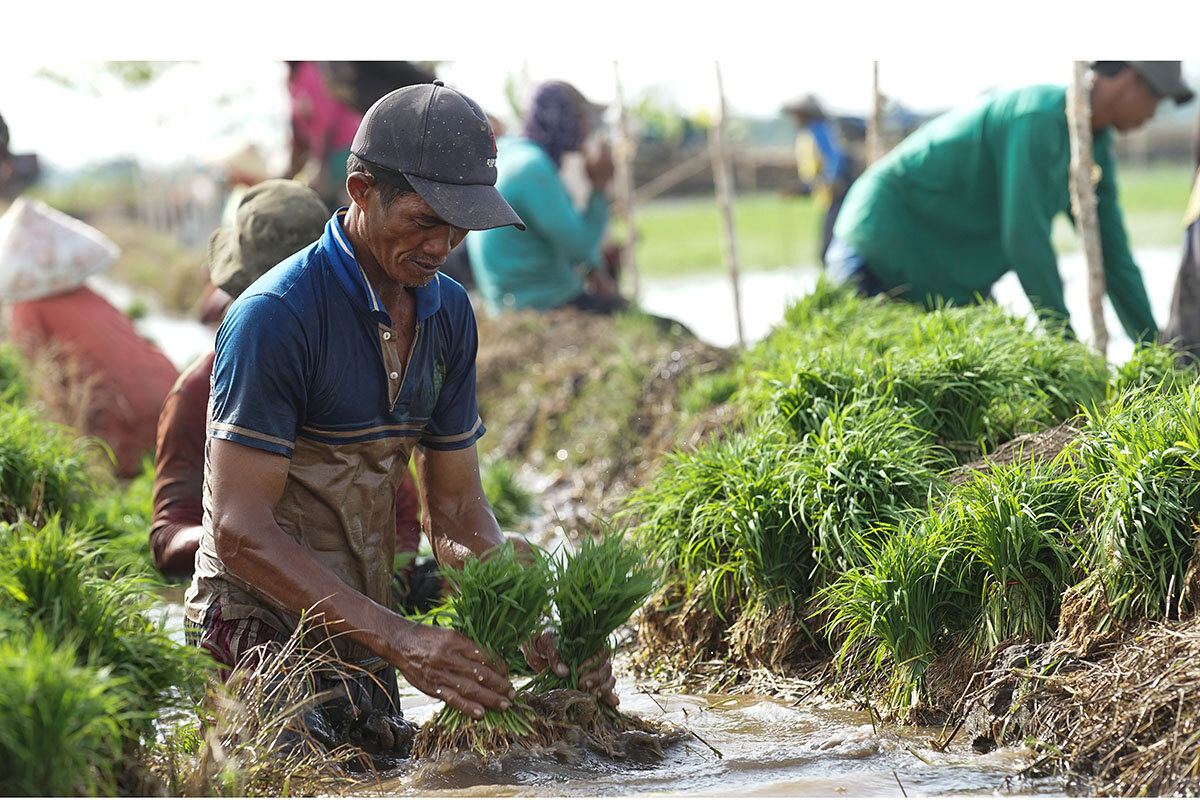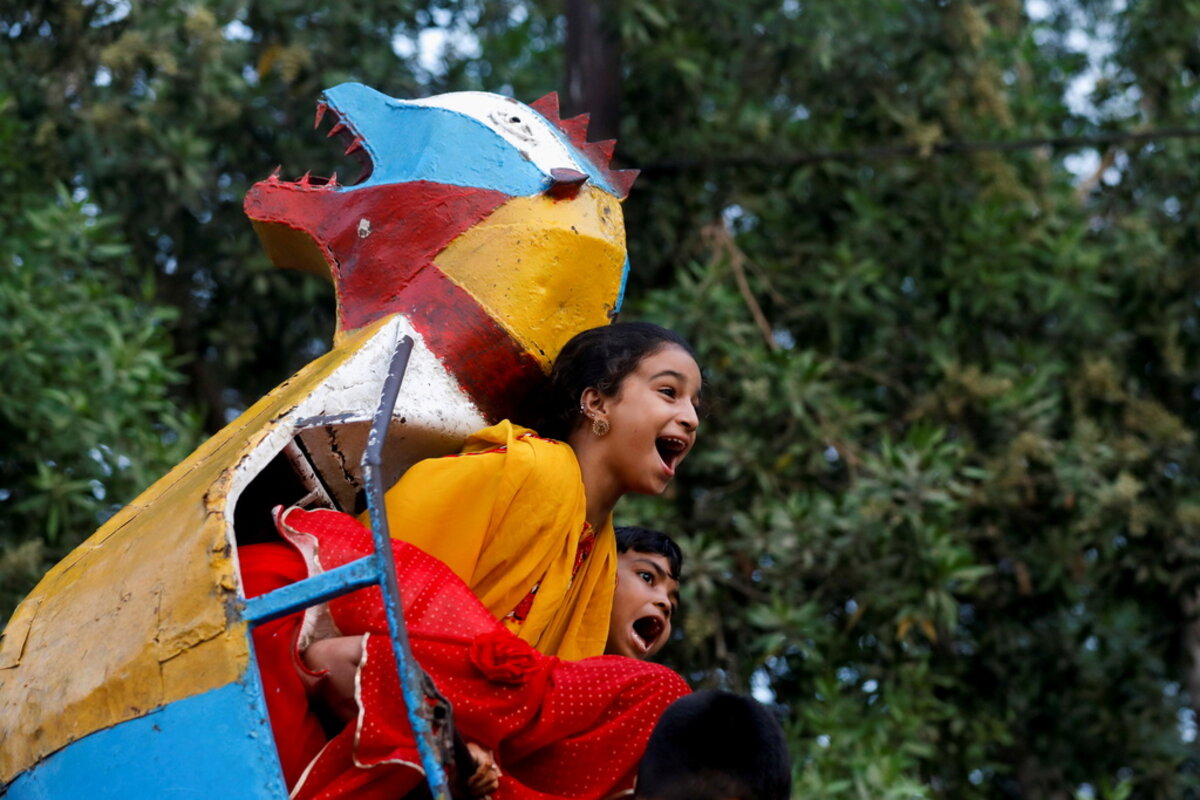What happens when “settled law” isn’t really settled? Supreme Court justices are showing a greater willingness to toss precedent – even when they haven’t been asked to do so.
Monitor Daily Podcast
- Follow us:
- Apple Podcasts
- Spotify
- RSS Feed
- Download
 Amelia Newcomb
Amelia Newcomb
Earlier this week, two Monitor correspondents and I chatted about respect – along with more than 900 other people. The occasion? A Monitor “Community Hub” webinar about our Respect Project, a series that has run over the past two weeks.
The Respect Project plumbs a value that can seem in short supply amid deep divides. We actually wondered if the initiative would stand up as our reporters looked into issues from politics to racial equity. It did; in fact, being alert to the idea of respect in its many expressions gave greater depth to their stories. For Sara Miller Llana, it meant reporting the work of a group of Black mothers advocating for equity in the Ontario public schools not just as a difficult battle, but also as a lesson in what it truly means to establish respect. For Dina Kraft, who has long covered Israeli and Palestinian politics and society, and “the intersections between people whose lives aren’t supposed to intersect,” it was about giving voice amid the current conflict to the many Jews and Arabs who have looked at the mob violence and hatred and said, “That’s not us.”
And then there was our audience, who immediately weighed in on how they could contribute to fortifying respect – be it “not fanning the flames,” “really hearing each other’s stories,” or “showing more respect in political conversations.” More than 300 joined a chat forum, offering book recommendations and ideas about actions to take.
If you’d like to watch a recording of the event, you can find it here. And let us know what you think!











